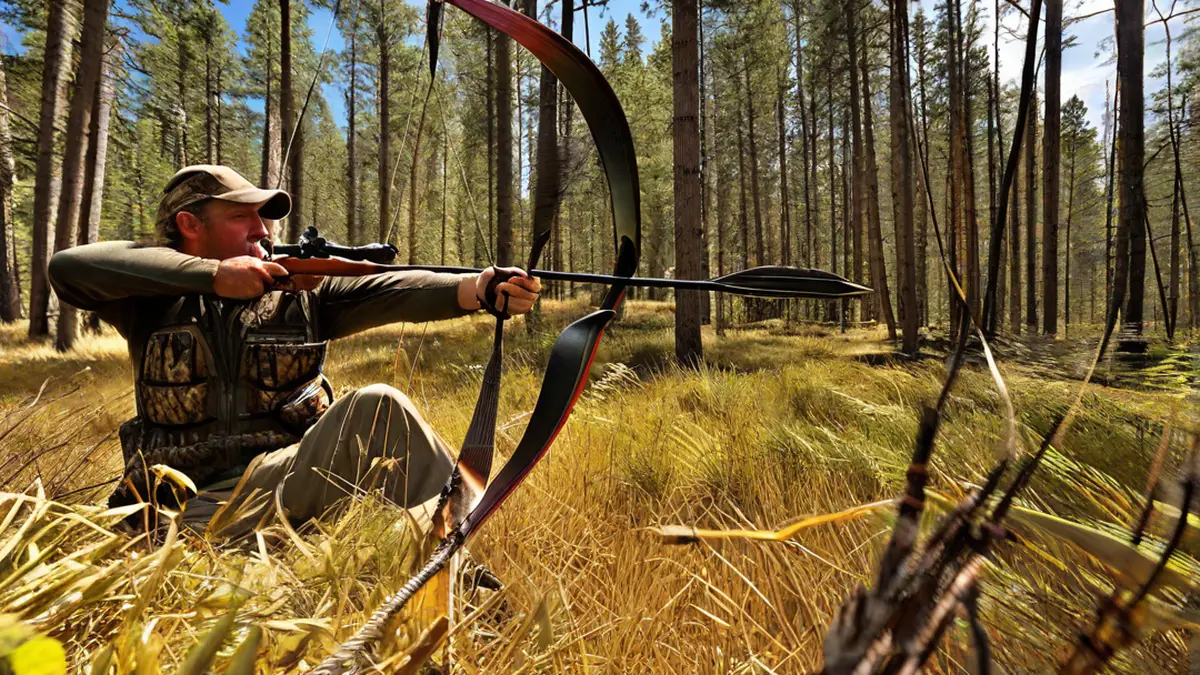As an avid outdoorsman and bowhunter, I am thrilled to share my knowledge and experience on how to effectively practice bow hunting. Bow hunting requires a unique set of skills and techniques compared to other types of hunting. It takes practice, precision, and patience. In this article, I will guide you through the steps to becoming a proficient bow hunter.
Choosing the Right Bow
The first step in practicing bow hunting is selecting the right bow for your needs and skill level. There are various types of bows available, such as compound bows, recurve bows, and traditional longbows. Each has its own advantages and disadvantages.
For beginners, I recommend starting with a compound bow. These bows are easier to handle and offer adjustable draw weights and lengths. This adjustability allows you to fine-tune the bow to your individual needs, making it ideal for learning and practicing.
When choosing a bow, it’s crucial to visit a reputable archery shop where you can try out different models and receive expert advice. The bow should feel comfortable in your hands and have an appropriate draw weight for your physical ability. Remember, choosing the right bow is the foundation of successful bow hunting.
Familiarize Yourself with Your Equipment
Once you have your bow, take the time to thoroughly understand and familiarize yourself with its components. This includes the grip, sight, arrow rest, and release aid if you are using one. Familiarity with your equipment will allow for better handling and shooting accuracy.
Practice drawing and releasing the bow to develop a smooth and controlled motion. Focus on maintaining proper form and follow-through. The more comfortable you become with your bow, the more confident you will be when it comes time to hunt.
Setting Up a Practice Range
Creating a dedicated practice range is essential for improving your bow hunting skills. Find a suitable area in your backyard or local archery range where you can safely shoot your bow. Make sure there is ample space and a proper backstop to catch the arrows.
Set up targets at various distances to simulate different hunting scenarios. Start with shorter distances and gradually work your way up as your shooting skills improve. It’s crucial to practice shooting from different positions, such as standing, kneeling, and even from a tree stand if you plan to hunt from one.
Remember to always prioritize safety when setting up your practice range. Ensure there are no people, pets, or valuable property within the shooting area.
Mastering Shot Placement
Shot placement is crucial in bow hunting. As a responsible hunter, it’s essential to aim for ethical and effective shots that result in a clean and quick kill. The vital organs of an animal, such as the heart and lungs, should be your primary target.
Practice shooting at life-sized animal targets to simulate real hunting situations. Aim for the vital zone, which is usually located behind the animal’s shoulder. This area provides the best chance of hitting the vital organs and ensuring a humane kill.
Paying attention to shot placement will not only increase your chances of success but also minimize the risk of injuring an animal without being able to recover it. It’s our responsibility as hunters to make ethical and accurate shots.
Simulate Realistic Hunting Conditions
Bow hunting often requires shooting in challenging and unpredictable conditions. To become proficient, it’s crucial to simulate these conditions during your practice sessions.
Practice shooting in low-light conditions, windy conditions, and various weather conditions. This will help you become comfortable and confident in different environments, preparing you for the real hunting experience.
Additionally, consider practicing shooting from different angles and heights. This will help hone your skills for shooting uphill or downhill, as well as from elevated positions such as tree stands.
Conclusion
Becoming proficient in bow hunting takes time, dedication, and practice. By choosing the right bow, familiarizing yourself with your equipment, setting up a practice range, mastering shot placement, and simulating realistic hunting conditions, you will be well on your way to becoming a successful bow hunter.
Remember, always prioritize safety and ethical hunting practices. Enjoy the journey and embrace the challenges that bow hunting presents. Happy hunting!


